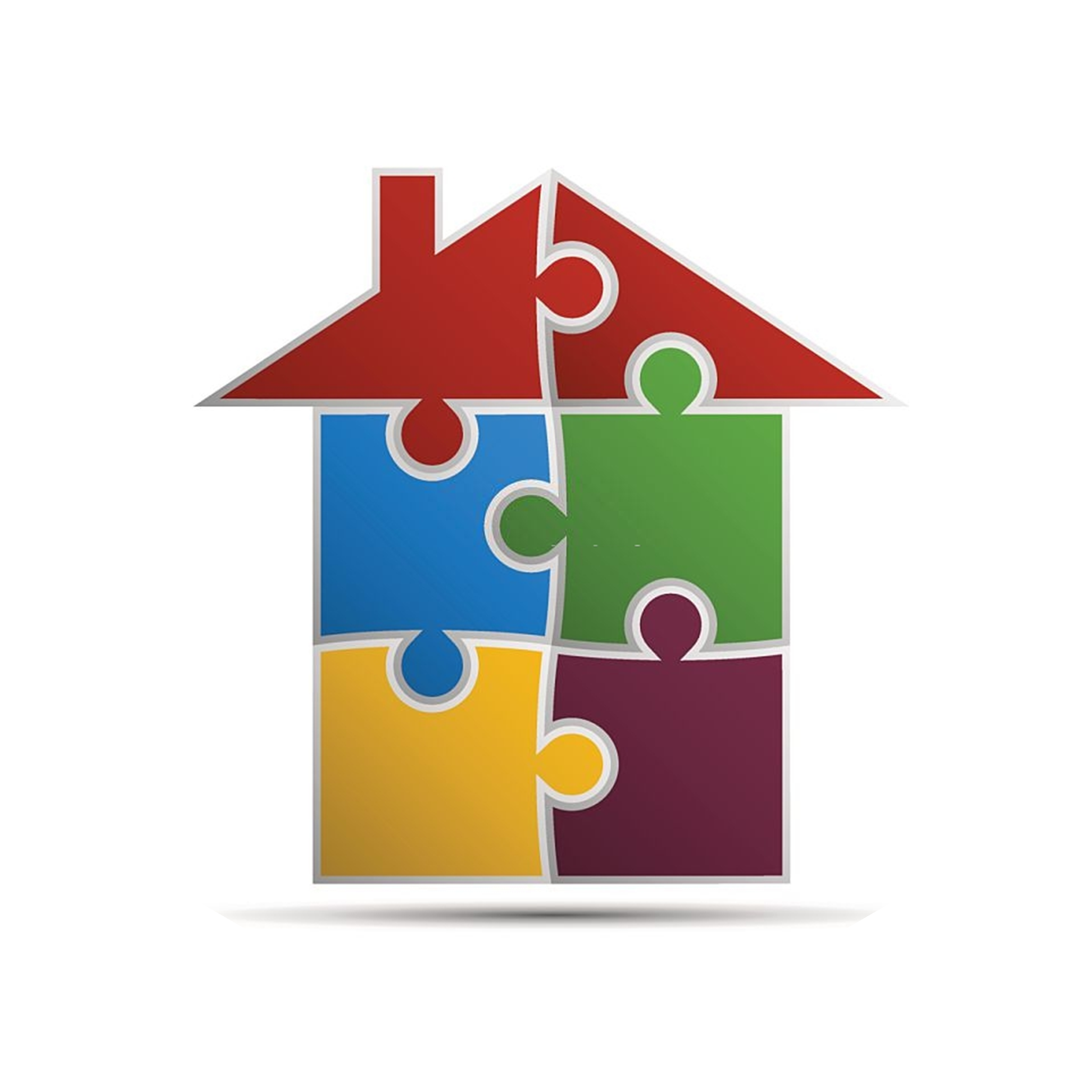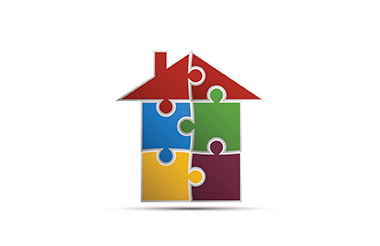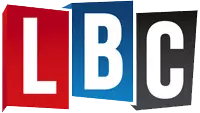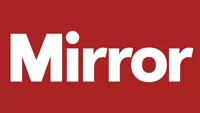Shared Ownership Mortgages
Shared ownership mortgages are growing in popularity, as house prices increase and it becomes more challenging for many first-time buyers to take their first step onto the property ladder.


Shared Ownership Mortgages
Benefits of shared ownership mortgages
One of the key benefits to shared ownership is the option of investing in a proportion of shared ownership properties if you are unable to afford to buy a home elsewhere. The scheme offers lower mortgage payments, whereby the owner partially owns the property and rents the remaining share. It is important to understand that pay rent remains payable on the percentage of the property owned by the local housing association, and this needs to be paid alongside the shared ownership mortgage repayments. Over time, the scheme allows homeowners the option of purchasing the residual proportion of the shared ownership property from the association, and thus complete whole ownership.
How shared ownership mortgages work
The main difference between typical residential mortgages is that the deposit requirements are lower. This makes it more accessible to more people who do not have the minimum deposit available to invest in other purchase options. Through shared ownership mortgages, you only need to have the deposit available for the proportion of the property that you are purchasing. For example, a traditional mortgage on a £200,000 property would be around 10%, or £20,000. If you are buying 50% of the same value property through a shared ownership mortgage, you need to have 10% of that 50% value available; i.e. £10,000.
Understanding Shared Ownership Mortgages
Shared ownership mortgages help you buy a part of a property and rent the rest. They're great for homebuyers who can't afford the full price up front.
Concept and Structure
Shared ownership mortgages offer a unique opportunity for first-time buyers to enter the housing market more affordably. This arrangement allows individuals to purchase a part of a property initially, while renting the remainder they do not own.
It creates a path for those who might find traditional homeownership out of reach due to high costs associated with down payments and mortgages.
These coownership arrangements typically come with various fixed rate mortgage options, ranging from two to five years. They provide structure through representative examples, showing initial rates, maximum loan-to-value ratios, available borrower shares, and product fees. Shared ownership can be cheaper than renting but not always. The rent you pay tends to be lower than the rental rates and you can be liable to pay stamp duty if you choose it to pay it in stages.
Such setups make it easier for buyers to understand their financial commitments upfront and plan accordingly as they step into partial property ownership.
Qualification Criteria
To qualify for a shared ownership mortgage, individuals must meet specific eligibility requirements centered on affordability and their current housing situation. Prospective buyers should possess a household income that falls within certain limits, making them ideal candidates for affordable housing schemes.
This approach ensures that those who cannot afford to purchase a property outright have the opportunity to own a portion of their home.
Applicants undergo a thorough financial assessment by lenders and housing associations to determine their ability to pay both the mortgage and rent portions of the property. Ownership begins with buying an equity share in the property, typically ranging from 25% to 75%, allowing buyers to secure a home with smaller deposits compared to traditional purchases.
This system paves the way towards homeownership for many who find entering the property market challenging.
Criteria for shared ownership mortgages
As with any mortgage product, the mortgage lender have criteria that applicants need to adhere to apply.
These include:
- Maximum income bands
- Being a first-time buyer or not being able to afford a property through a traditional mortgage
- Renting from a housing association or local council
- Being a resident in the property
- Not sub-letting the property or any part of it
Error: Yearly income income must be between £1 and £10,000,000.
Error: Regular bonus must be between £1 and £10,000,000.
Selling a home with a shared ownership mortgages
It is crucial to understand that if you have a shared ownership mortgage, you do not own the entirety of the property. This means that if you wish to move and sell the property, your housing association has the first right of refusal for 21 years after you have made the purchase. They can, therefore, choose to find their own buyer, rather than your being able to sell your home on the open market. Over time, there is the potential to purchase a larger proportion, or all of, your home from the association. The timing of this process will depend on your circumstances and at which stage you are financially able to commit to purchasing a larger share of the property.
Key Influences on Shared Ownership Mortgage Interest Rates
Several factors play a big role in determining shared ownership mortgage interest rates. Your deposit size and credit score are critical elements that the shared ownership mortgage broker will consider.
Impact of Deposit Size
The size of your deposit plays a crucial role in shaping the mortgage interest rates you receive for shared ownership. A larger deposit decreases the loan to value (LTV) ratio, making lenders view you as less risky, which often leads to more favorable interest rates.
Opting for a higher down payment can unlock lower monthly payments and save money over time.
Choosing to buy into a shared ownership scheme with a substantial deposit not only improves housing affordability but also expands your options for fixed-rate mortgages. These benefits include potentially reducing rent payments on the portion of the property you don't own while gaining an equity share that increases with every mortgage payment toward home purchase.
Credit Score Considerations
Your credit score plays a crucial role in determining your eligibility for a shared ownership mortgage. Lenders like Barclays, Halifax, and Nationwide look at your credit history to decide how much risk you pose as a borrower.
A high credit score can open the door to better mortgage rates because it signals to lenders that you're likely to repay the loan on time. On the other hand, a low credit score might limit your options or lead to higher interest rates.
Managing your credit responsibly can increase your chances of securing favorable mortgage terms. This includes paying bills on time, keeping debt levels low, and not applying for new credit too often.
Each lender has its own criteria for what constitutes an acceptable credit score for joint ownership or co-ownership deals. It's wise to check your score well in advance of applying so you have time to improve it if necessary.
A good credit history smooths the way towards homeownership through shared ownership schemes.
Exploring various lender options is the next step after considering how your credit score affects loan eligibility and property ownership opportunities.
Variety of Lender Options
A wide range of banking organizations, mortgage lenders, and credit unions offer shared ownership mortgages. This variety gives you plenty of options to find the best rates and terms for your financial situation.
Big names like Barclays, Halifax, Lloyds, Nationwide, Santander, TSB are part of this diverse pool.
Choosing the right lender involves comparing what different home finance firms and property loan providers have to offer. Each has its own set of criteria and interest rates that could impact how much you end up paying in the long run.
Taking the time to explore your options can lead to significant savings on shared ownership mortgage interest rates.
Navigating Shared Ownership Mortgage Rates
Exploring the best ways to manage shared ownership mortgage rates can open doors to affordable home buying options.
Comparison Tools Usage
Comparison tools for mortgage rates shine as a beacon for those exploring shared ownership mortgage options. These online platforms allow you to input your financial details, such as income and savings, then they churn out the best mortgage rates available that fit your profile.
They offer insights into fixed rate mortgage details, helping you pinpoint affordable mortgage repayment options without having to sift through endless lender websites.
They also break down the figures behind interest calculations for shared ownership mortgages, incorporating factors like loan to value (LTV) ratios and whether product fees apply. With an overall cost comparison feature (APRC), these tools highlight how different rates stack up against each other in the long run, making it easier to understand which option suits your budget best.
Handy features like availability of mortgage calculators assist in planning monthly repayments—no guesswork needed. Booking online appointments for further assistance becomes straightforward after narrowing down choices with these comparison tools.
Deal Finalization Strategies
After exploring various comparison tools to understand shared ownership mortgage rates better, it's time to look into deal finalization strategies. This step is crucial for securing a favorable mortgage that aligns with your financial goals. Here are several efficient strategies to finalize your shared ownership mortgage deal:
- Evaluate fixed rate options thoroughly: Considering different fixed-rate mortgage options available for shared ownership and shared equity is vital. These options, which can last from 2 to 5 years, provide stability in repayments.
- Scrutinize representative examples: Pay attention to representative examples of mortgages over a 25-year period. These examples give insights into the transition from fixed rates to a standard variable rate, helping you understand long-term costs.
- Check eligibility criteria carefully: Ensure you meet all the eligibility requirements for the shared ownership mortgage you're interested in. This step prevents any surprises during the application process.
- Calculate total cost, including product fees: Go beyond the interest rate and assess all costs associated with the mortgage, such as product fees and early repayment charges. This gives you a comprehensive view of the loan's affordability.
- Use mortgage calculators for better insight: Leverage online tools like mortgage calculators to gauge your affordability and monthly repayments more accurately.
- Factor in early repayment charges: If you plan to make overpayments or settle your mortgage early, consider how early repayment charges might affect your finances.
- Explore co-ownership agreements if applicable: Co-ownership can influence both the application process and the type of deals available to you, so consider this option if it fits your situation.
- Contact lenders directly for personalized advice: Utilize contact information provided on lenders' websites for email inquiries, branch visits, phone consultations, or setting up mortgage appointments for tailored guidance.
Each strategy aims at making sure you get a deal that not only fits your immediate needs but also aligns with your long-term financial planning in pursuing partial ownership of a property through a shared ownership scheme.
Key factors in shared ownership mortgages
As with any property, the value of your home will change with the property market. This means that the price you will have to pay to buy a larger percentage of your property may increase or decrease depending on the current market value at the time. The system is not the same as owning a property with friends or family members, so you need to understand your rights and obligations as a co-owner before deciding to proceed with a shared ownership mortgage.
Interest rates on shared ownership mortgages
Eligible applicants will find that different lenders offer different rates. These are usually somewhat different to standard mortgage rates, so obtaining a specific quote or offer for a shared ownership mortgage is important, as this will not be priced at any standard published rates. Factors that impact the interest rate you will be offered include the deposit you have available, what proportion of the property you wish to buy, and how affordable the mortgage is for you alongside the rental payments for the balance of the property.
Finding a shared ownership mortgage
Shared ownership is a scheme which has helped thousands of applicants get onto the property ladder, and secure affordable lending to help them purchase their own home. Not all lenders offer shared ownership mortgages, so it is important to make sure you have selected a lender who offers this type of mortgage product before proceeding with any applications. The first step of applying is to ensure you meet the criteria, and loan broker are specialists in the field. Give us a call and we will be happy to help you understand the process, identify whether you are eligible, and find the right lenders for you.
Shared ownership mortgages allow you to purchase a percentage of a property. The remaining share in the property is owned by the housing association, and you pay rent on the balance that they own. One of the benefits to shared ownership is a reduced deposit requirement, and that buyers without the budget to purchase their home are able to do so in smaller stages.
It is vital to understand that you own a proportion of the property, and that the association owns the rest. This means that you need to know what rent you will pay in the balance, and be prepared to enter into an ownership shared with the housing association. Shared ownership schemes are particular to different types of property and area, so if you need help finding a shared ownership lender in your region, give us a call and we can help! If you plan to purchase a further share in your property later on, you need to understand that this will be valued at market value at the point of purchase. Potentially, therefore, you will pay more for a further percentage if the property has increased in value in the meantime.
Finding a lender who understands and offers shared ownership mortgages is best done through a broker such as Revolution Finance Brokers. Get in touch with our expert mortgage team who will be able to find the right scheme for you.
The interest charged on shared ownership mortgages is not fixed, and will therefore vary between lenders. What offer you receive will depend on the proportion of the property you are buying and what deposit you have available as well as other factors such as the term of the mortgage. Make sure you know the monthly repayments and the additional rental payments required before accepting a mortgage offer, as you need to be able to afford to keep up with both payments before going ahead.
Further Reading
Explore Our Presence
Securing an excellent mortgage offer with Revolution Finance
Brokers couldn't be easier:
Revolution Mortgage Brokers:
100% Independent & Whole-of-Market
As specialist mortgage brokers for a huge variety of applicants, the whole-of-market consultants at Revolution provide access to an exceptional range of lenders, products and mortgage deals. That means you get the advantage of professional negotiation and broker-exclusives through an established lending network to ensure we always find you the most competitive mortgage available.
Ask the Expert
Mortgage Brokers





























